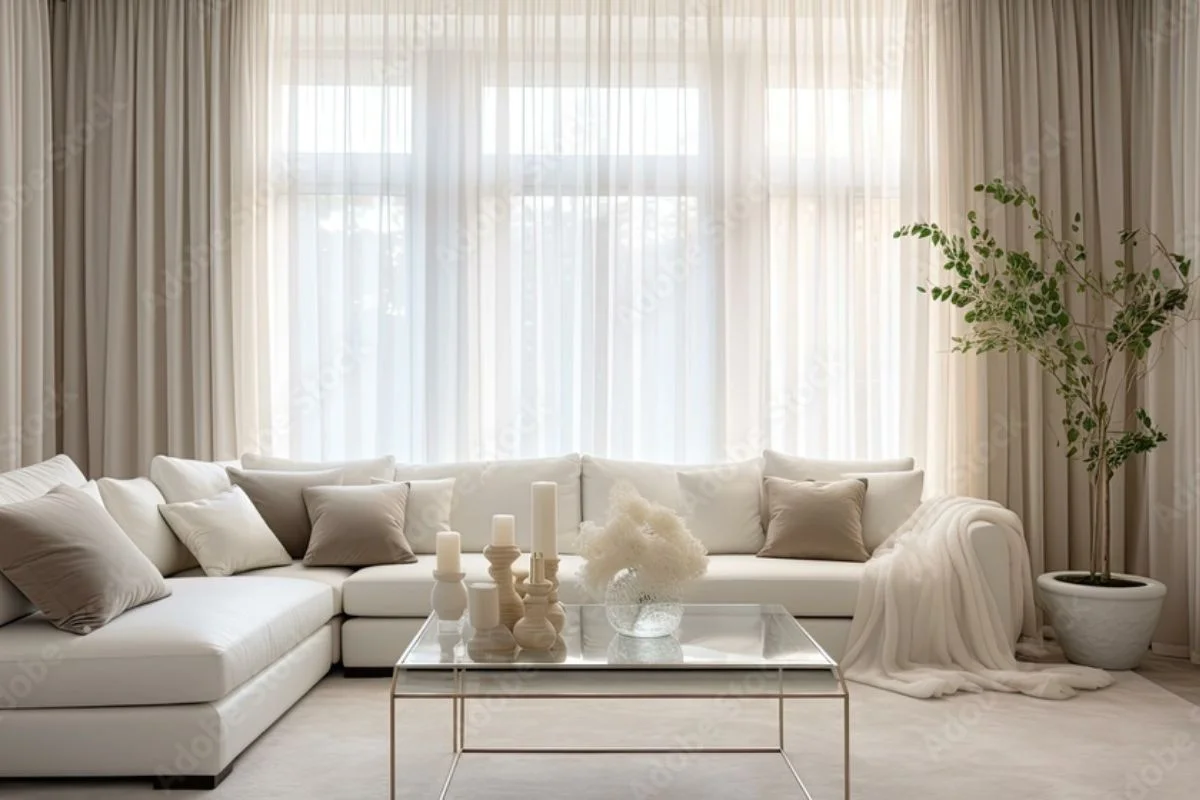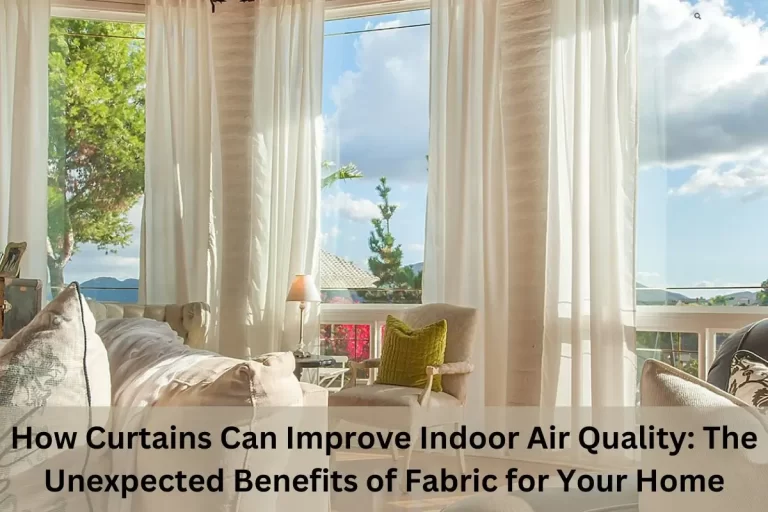Curtains are a practical and stylish solution to keeping your room cooler during hot weather. Acting as a barrier, they block heat transfer from windows, reducing the amount of sunlight and heat that enters the room. Choosing the right materials, such as thermal or blackout curtains, can significantly enhance insulation, maintaining a comfortable indoor temperature. Lighter colors reflect sunlight, further minimizing heat absorption. Properly installed curtains can also reduce reliance on air conditioning, promoting energy efficiency. Besides their functionality, curtains enhance your room’s aesthetics, blending design with a cooling effect, making them a valuable addition to any space.
The material of your curtains plays a crucial role in regulating room temperature. Fabrics like thick cotton, velvet, or specially designed thermal curtains offer better protection against heat. Heavier fabrics create a stronger barrier that prevents hot air from entering, while thermal curtains come with layers designed specifically to insulate against heat. Some fabrics also offer UV protection, further blocking harmful rays. By choosing materials that are dense and thick, homeowners can reduce heat transfer and maintain a cooler indoor environment, ensuring both energy efficiency and comfort during hot weather.
Tags: curtain







